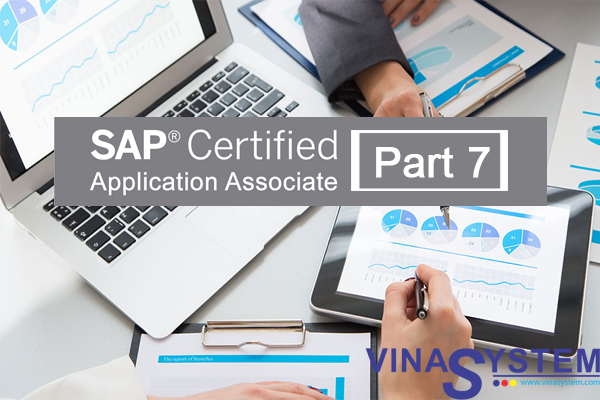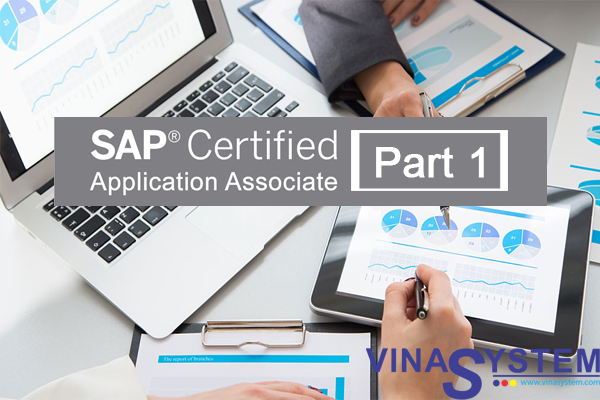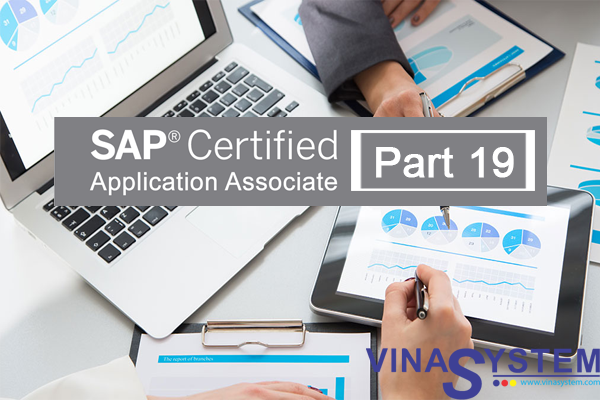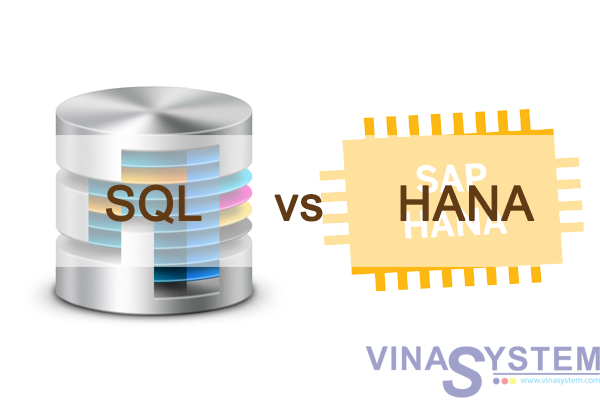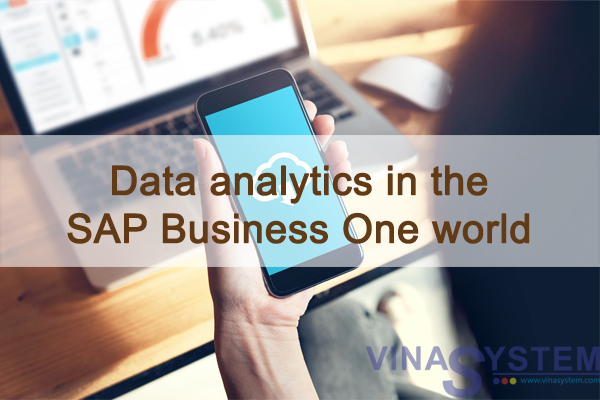
Everything you need to know about data analytics in the SAP B1 world (Part 4)
Deployment Decisions – On Premises, Cloud or Hybrid – the devil is in the details
When you look at business intelligence and analytics solutions, one of the core functions of the solution is to take the data from multiple sources and simplify it.
This is part of the job of the Semantic Layer that we have talked about in earlier articles – taking data that is potentially split across multiple tables and assembling it in to easily identifiable and understandable objects that represent what the underlying data is.
For example the Sales Order object in SAP Business One pulls data from 5 or more tables if you use serial number or batch tracking so the process of assembling all that data (with the right joins so its shown correctly) takes time and processing power – particularly if you are working with larger amounts of data and then you want to build additional views from other data sources when temporary joins are needed.
So what does that have to do with the decision to deploy in the cloud or on premises I hear you ask?
A bit of BI/Analytics History
If you go back to the previous iteration of analytics we used to talk about the separation of the transaction processing (OLTP) and analytical Processing (OLAP) and you had separate server processes or sometimes separate servers to handle the two distinct tasks.
Now with the advent of cloud services as a mainstream option more and more businesses are looking to the cloud to offload processing tasks as well as content/report/dashboard distribution.
By choosing a solution that has a cloud-based analytics engine you are effectively taking advantage of that separation of OLTP and OLAP – the cloud data analytics engine takes care of all the data processing.
The HANA difference
The variation on this of course is HANA which automatically creates the analytics “views” and aggregates as transactions are processed but you can get a similar benefit from the third-party solutions as they can consume the processed/aggregated data from SAP HANA.
The great news is that almost every analytics solution I have mentioned has this cloud option whether its Phocas, Power BI, BI 360 or the SAP offerings and the majority seem to be focused on encouraging customers to utilize the cloud options...which is a good thing in my view.
The price impact of Cloud
The important thing to factor is whether or not there is an additional price for cloud deployments – in fact, cloud-based solutions should have a lower total cost of ownership as they negate the need for additional on premises servers.
The Transport Layer - getting your data to the cloud, securely
The other component to factor in is how does the data get from your SAP Business One system to the cloud Phocas has a Sync component that automatically manages this for you whether on premises or cloud. Power BI has its Data Gateway and of course depending on how your cloud deployment is managed and secured you can look at the option of direct connection with solutions like SAP Lumira.
And the winners are...
Again, for my money the best option is the utilization of a sync engine such as the ones provided by Phocas or Power BI but make sure you check how often the data syncs and how much data you can sync – there are often limitations set based on which level of product you have purchased.
This is the case for Power BI with a free option delivered with significant limitations
Source: Richard Duffy | CEO and Founder at SMB Cloud Solutions - Brewing and Distillery Technology Solutions


